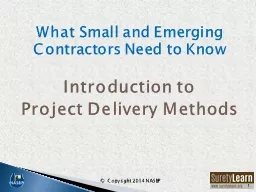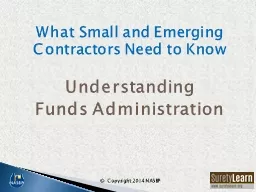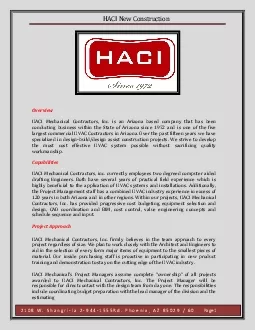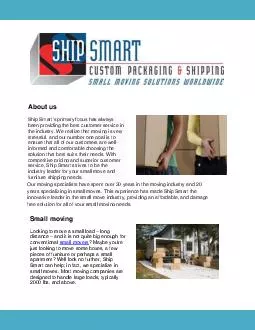PPT-What Small and Emerging Contractors Need to Know
Author : natalia-silvester | Published Date : 2016-10-09
Introduction to Project Delivery Methods Copyright 2014 NASBP 1 Project Delivery Methods A project delivery method describes the process of how a project will be
Presentation Embed Code
Download Presentation
Download Presentation The PPT/PDF document "What Small and Emerging Contractors Need..." is the property of its rightful owner. Permission is granted to download and print the materials on this website for personal, non-commercial use only, and to display it on your personal computer provided you do not modify the materials and that you retain all copyright notices contained in the materials. By downloading content from our website, you accept the terms of this agreement.
What Small and Emerging Contractors Need to Know: Transcript
Download Rules Of Document
"What Small and Emerging Contractors Need to Know"The content belongs to its owner. You may download and print it for personal use, without modification, and keep all copyright notices. By downloading, you agree to these terms.
Related Documents














